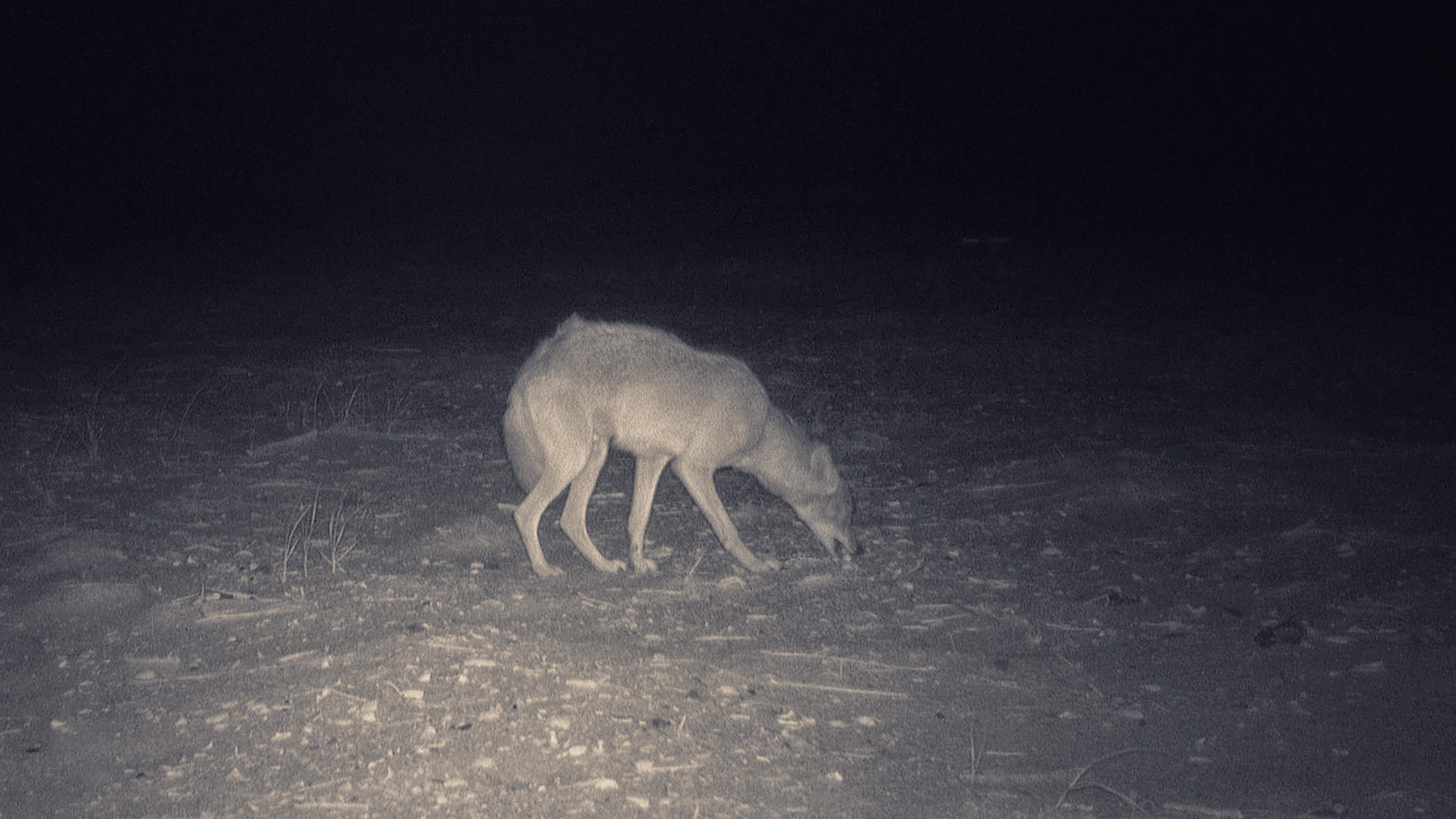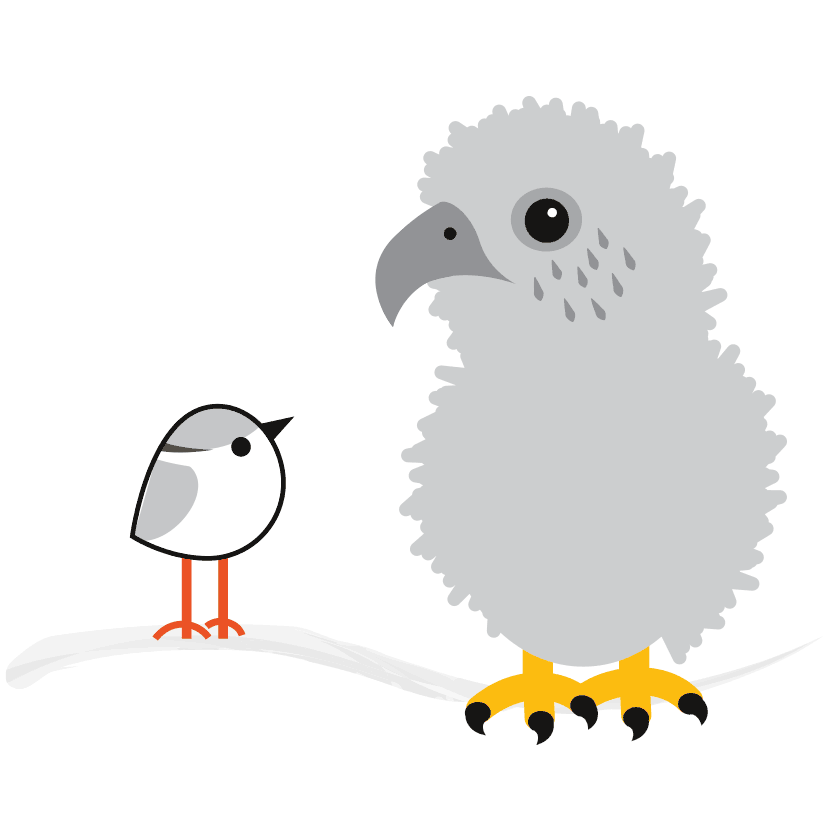

June 11th.
I really need sleep. That was a difficult night.
It’s certainly not unusual for the sound of pings from my Coyote Cams to wake me up in the middle of the night. I don’t usually mute them because I enjoy them and even find them comforting.
What is unusual, however, is for them to get me out of bed. But last night, the incredible frequency of the alerts suggested that something was very, very wrong in Plover Park. I couldn’t help but get up and take a look.
I’ve done a lot of projects for the Little Egg Foundation this year involving motion-sensing cameras. It is fascinating how much information is conveyed solely by changes in the amount and duration of motion triggers. For example, working with falcon nests, I’ve discovered that just a simple chart of motion events can show pretty clearly when a nesting pair has begun mating, laying eggs, and then incubating. First, courtship and mating are marked by sporadic, unpredictable motion at the nest. Soon this is replaced by an almost constant presence at the nest when the female is laying her eggs. Then suddenly, the number of triggers falls off a cliff and is replaced by very short, infrequent, but regular intervals of activity. Finally, you can tell that incubation has begun in earnest. All from the pings.
Running the Little Egg Hatch Cams at hatching Piping Plover nests this summer, it became clear, in hindsight, that a sudden and unprecedented spike in motion alerts was an accurate indicator that the nests had started hatching. No photos required at all.
Last night, the sonic chaos of bleeps and bloops coming from my computer was unprecedented and puzzling. Not only did it sound as if every camera in the array at Plover Park was detecting activity, but that each was detecting it repeatedly. It was like a parade was snaking its way slowly through Plover Park, then back again. On an average night, I’m lucky to get two or three detections as Coyote hits a few checkpoints while passing through the Park.
I crawled out of bed and onto the couch. There I scrolled through almost a hundred photos in the dark, all while new photos continued to trickle in.
What I saw was horrific.
It became immediately apparent that all of the action was being caused by a single Coyote. Having discovered that the Park was littered with eggs, Coyote casually walked back and forth in an almost perfect grid and ate absolutely everything. The sheer number of photos with Coyote, nose to the ground and teeth bared suggested this was a true catastrophe. Coyote was a metaphorical Hoover, leaving nothing but a spotless floor at Plover Park this morning.
I’ve been watching Coyote work the Park for months, walking past the Piping Plovers each night without even a sideways glance. Then suddenly, at the worst possible time, everything changed. Coyote wanted eggs more than bunnies, so that’s what he had. It was so simple, and so devastating. I certainly don’t blame him.
I was too tired and nervous from watching all night to visit the Park today. A proverbial car-wreck from which I couldn’t turn away last night.
But I followed along in NestStory as the site was surveyed today. And it was as it appeared from the photos last night: a complete wipeout. Not only had dozens of Least Tern eggs been eaten by Coyote, but he got the of all of the new Piping Plover nests laid by Myrtle, Fats, Tatiana, and Jennifer Jason Leigh. There appears to be nothing left; with the exception of our single Oystercatcher chick, our “Final Girl,” who is once again the shining star and the sole surviving hope for Plover Park.
The timing could not have been worse. Unfortunately, Plover Park has been set back to zero once again, for the second time, having just begun its do-over from the horrific Memorial Day nor’easter.
Strike two. This is an unbelievable season. The trauma is real.
But I stand ready to keep fighting, if our birds are willing. And I’m pretty they are.
#fighting… #fighting.


I remember seeing you after that night…
“V” fledged today, Jim and we have her because you dug out their eggs after the storm. Thank you for all you do…
LikeLike
Thank YOU Teri. You’ve been #1 babysitter for V and everyone is deeply appreciative; most especially me. V is your victory for sure. I’m so grateful for all the care you’ve shown that family. We did it!
LikeLike
Heartbreaking.
LikeLike
Absolutely.
LikeLike
This is the saddest thing I have read in a long time.
LikeLike
The good news is that loss is built into their survival strategy. Of course we want every season to go perfectly (with our own lives too!), but that’s apparently not what nature has designed or intended. Having said that, this is a rough stacking of difficulty for sure.
This is nowhere near over, so stay tuned.
LikeLike
So sorry for your loss. This has truely been a horiffic year!
LikeLike
Thanks. I know it has been for you too. I try not to think about it as my loss… it really is theirs. I’m here to watch, record, and to help where I can.
LikeLike
I am so sad for all . I pray for future positives and good news. Take care.
LikeLike
Stay tuned
LikeLike
This is tough. I’m afraid the coyote was ignoring the nests – until the eggs were present. Not sure how this bodes for renesting #3 attempts.
LikeLike
Not necessarily. Remember, Coyote was walking by exposed eggs earlier before the nor’easter without incident.
The bigger issue was the forming Least Tern colony. They are noisy, aggressive, and everywhere. Coyote was walking through the colony without predating the nests for about a week without incident. Hopefully I will get a chance to share some spectacular video I have from this period where Coyote is strolling through the nests getting attacked by the Least Terns. He stops and just kind of looks at them like “what the heck?”
Least Terns are known for attracting more predators. The Piping Plover are probably safer when there are fewer beach nesting birds around… simply having fewer nests more randomly spread gives them some protection from intelligent predators like Coyote & Peregrine.
LikeLike
One animal destroyed so much future life. Any legal plans to keep coyotes off the beach?
LikeLike
Trapping is option, but it is difficult, expensive, time consuming, and comes with its own risks. This Coyote is actually an orphan. The borough of Barnegat Light made a hasty and sloppy attempt to slaughter the pack this winter. They succeeded in killing his mom and some siblings, but left dad and another sibling.
It is a reasonable possibility that had the family unit been left in place, they would have been too busy to mess around in the park as they were in previous seasons. We now have three bored, traumatized Coyotes wandering around with nothing to do. Food for thought about the challenges.
LikeLike
Thank you for sharing. I am truly sad for all. Humans tend to think they are smarter and in charge. I don’t think so. When will we ever learn.
LikeLike
What’s most interesting here is that it is the history of the coyote that explores that topic better than any. Told quickly, Coyote is the original American animal. They survived the ice age. They ran around with saber tooth tigers. Then, around 1910, we decided to attempt to wipe out wolves and coyotes. It worked with wolves. It utterly failed with coyotes. For 100 years we have been trying to slaughter them. They have adapted by breeding more and expanding their range. That’s how an animal from the southwest US wound up on LBI.
Slaughter seems like a solution until you read up on the history of trying. It is one of the most embarrassing failures in the history of wildlife management. It was disappointing and embarrassing that our community didn’t pick up a book to learn before attempting.
Having said that, removing a specific problem coyote is a reasonable response. It’s just very difficult.
LikeLike